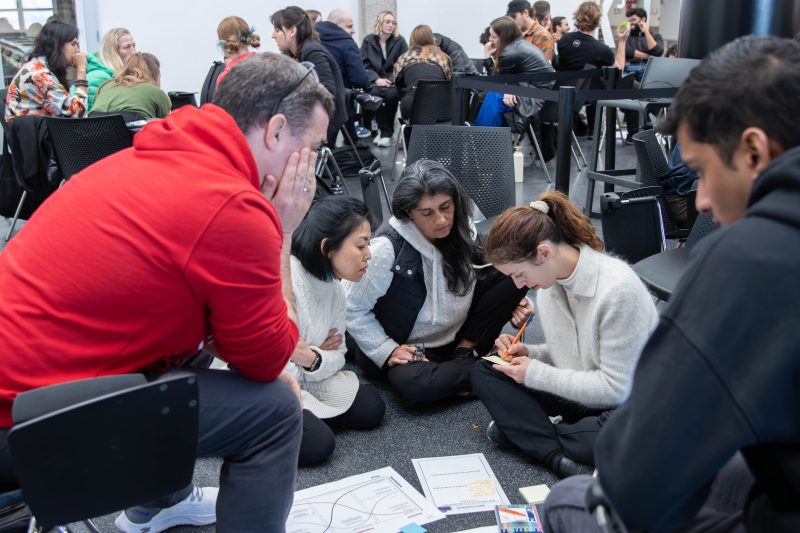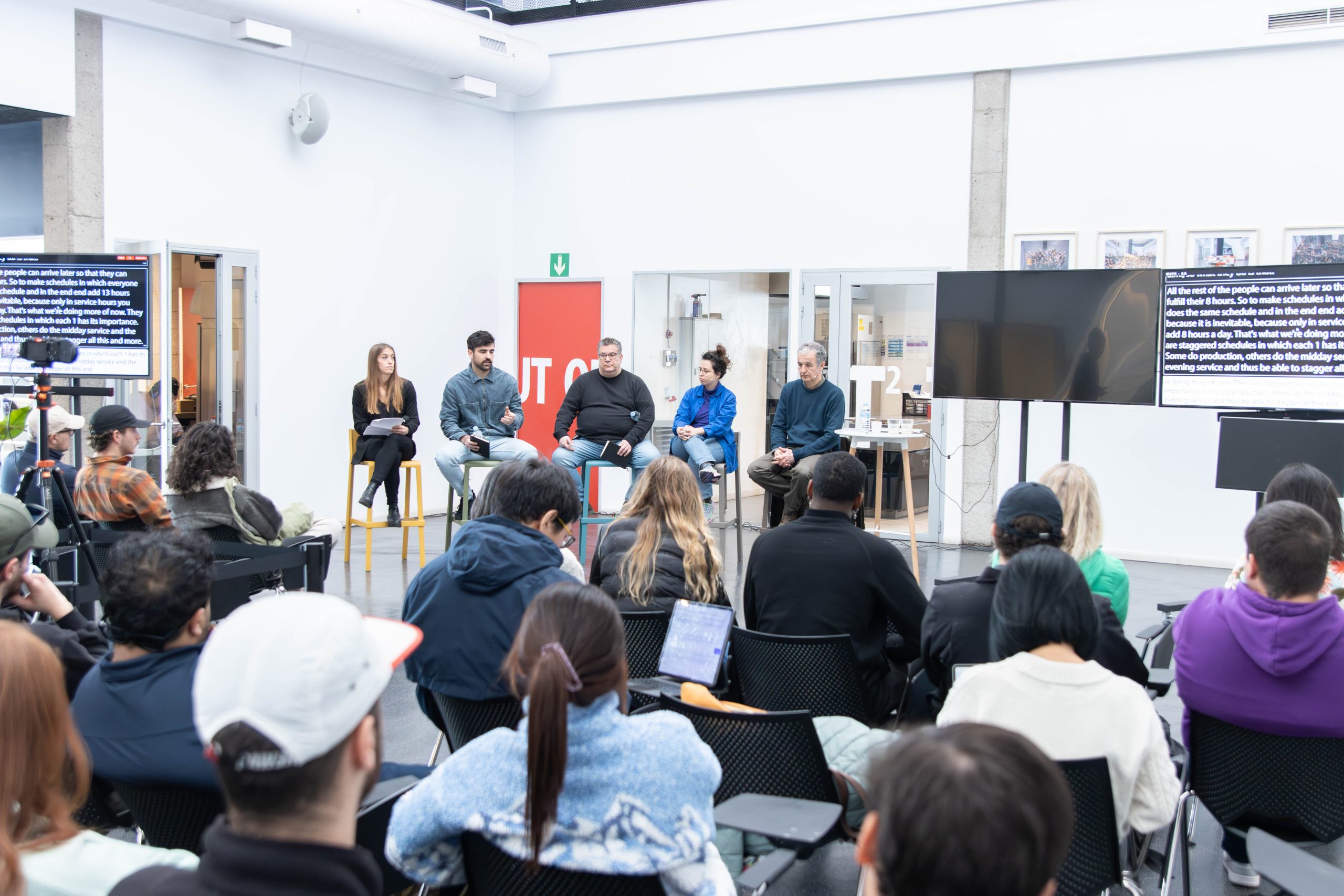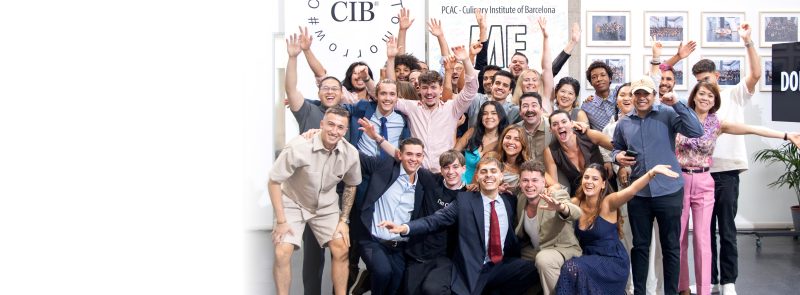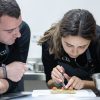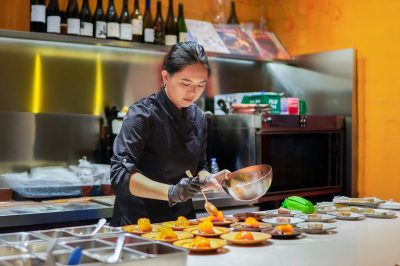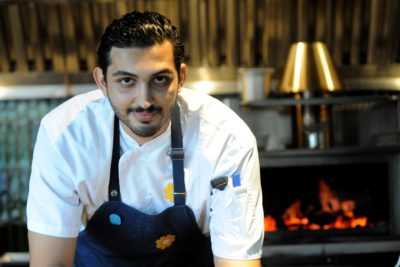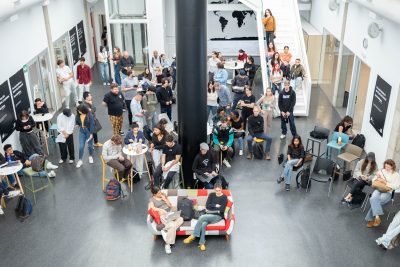On February 27, 2024, the first CIBTalks Future session of the year was held. The main theme of the session was the exploration and proposal of new organizational forms towards a more diverse, inclusive, and sustainable gastronomy.
CIBTalks focus on achieving concrete solutions for the United Nations Sustainable Development Goals (SDGs), specifically targeting gender equality (SDG 5), peace and justice (SDG 16), decent work (SDG 8), and reducing inequalities (SDG 10).
In this latest session, the possibility of implementing TEAL culture in the restaurant industry was raised, thereby eliminating traditional structures and hierarchies. Subsequently, a roundtable discussion was conducted with various industry professionals, followed by a workshop focused on fostering a more inclusive gastronomy with the students.
What is a TEAL organization?
TEAL organizations are those that function as living organisms. They leave behind rigid structures so that companies have an evolutionary purpose, meaning that each member of the organization contributes their value, enabling growth.
In these types of organizations, there is no hierarchical pyramid, but rather a horizontal organizational structure.
David Martí Garcés has been the expert in TEAL companies who conducted the presentation. Additionally, he has a solid background in the musical and educational fields, serving as the manager of the Barcelona Municipal Conservatory of Music for over 20 years.
During the presentation, he reflected on how organizational paradigms have evolved. Initially, work is conceived as a “pack of wolves” where the division of labor and the authority of command, called red energy, are essential. This would be the type of organization furthest from the TEAL organization. Next, we find companies with yellow energy consisting of formal hierarchy and defined processes, similar to an army. Following that, there are companies focused on innovation, responsibility, and meritocracy, with dynamics akin to a machine and orange energy.
The type of organization most similar to TEAL would be one resembling a family, also called a “green organization“, with empowerment, values, and corporate culture. Finally, TEAL organizations appear.
TEAL companies are living organisms and do not rely on any model because each one of them is unique. The theory represents these types of organizations as a set of colored cubes, one inside the other, where each one integrates and transcends the previous one. It resembles evolution.
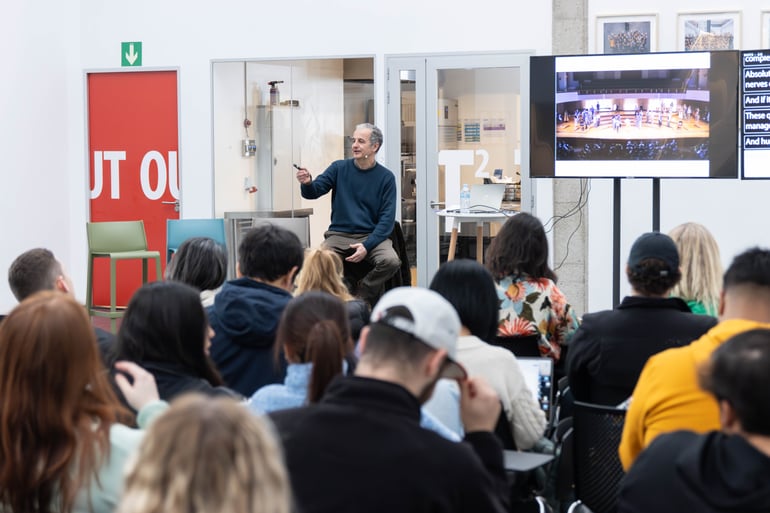
What is TEAL leadership like?
TEAL leadership is based on four clear concepts and is nourished by previous experiences:
- Holding space, trusting. This concept stems from red energy, as mentioned earlier. When something new is attempted, there may be chaos and failures. Time is needed to overcome novelty or crisis. It is necessary for all members to hold the space where it happens in order to thrive. When these changes occur, the leader announces that changes are going to happen through respect.
- Being an example of examples. As a leader, any new practice or peculiarity that is carried out should be done first by us. The concept of “if they come to help me, they come to help others and not me as a leader” no longer fits. This is typical of yellow energies, based on order.
- Perceiving what the next step is. From orange energy, we save the concept of innovation. It is necessary to be awake to be agents of change.
- Listening, sharing, and communicating. Part of green energy, it is about self-assessment and self-criticism to improve communication among us.
If all these concepts are fine-tuned and coordinated, the consequence is having TEAL leadership.
In an orchestra, when musicians are not together and in tune, it is very evident. Even those listeners who do not know about music will see that they are not playing as they should. However, in organizations, it is difficult to immediately detect if the team is carrying out its activity in tune.
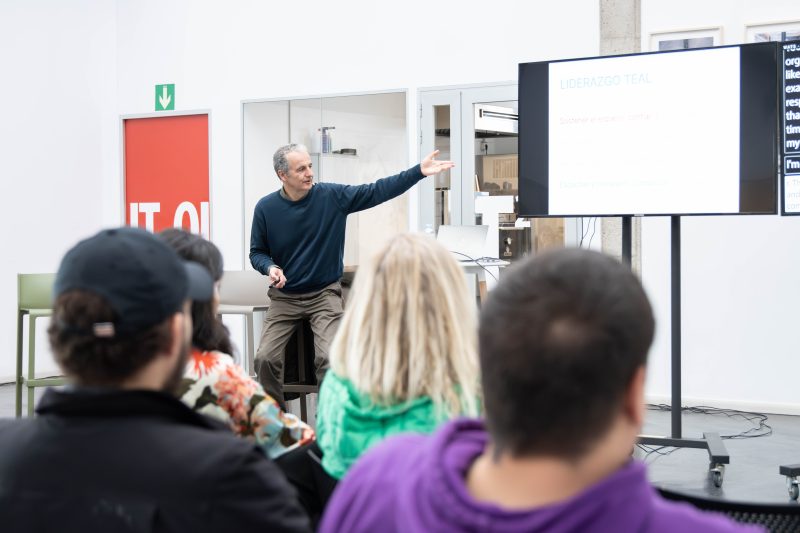
Nonviolent communication as the basis of TEAL culture
One of the pillars of TEAL organization is working on Nonviolent Communication, a concept studied by many, but David highlights psychologist Marshall B. Rosenberg. This concept consists of changing the language used in internal communication to avoid hidden violence.
Hidden violence includes judgments, demands and self-demands, orders, punishments, rewards, guilt, threats, and/or wanting to be right. It is common to spend the day evaluating what is “right” and what is “wrong”, what is “good” and what is “bad”. Even if they are positive judgments, it is a hidden violence and it distances us instead of bringing us closer.
If we want to create organizations without hierarchy, we have to be aware that every day we are building a language that feeds the pyramid we want to escape from. But we don’t realize it because it is our mother tongue.
Learnings from TEAL organizations
After David explained the concept of TEAL organization, he joined a roundtable discussion with Estefanía Simon-Sasyk, a professional in innovation and entrepreneurship in food and gastronomy; Victor Quintillà, chef and owner of the restaurant Lluerna known for his creativity, commitment, and respect for products; and Xavi Gòmez, a professional chef and executive chef of Bar Mut focused on the culinary experience.
During this roundtable, experiences were shared with CIB students, highlighting new processes and ways of managing organizations to make them more sustainable and respectful, both environment and society.
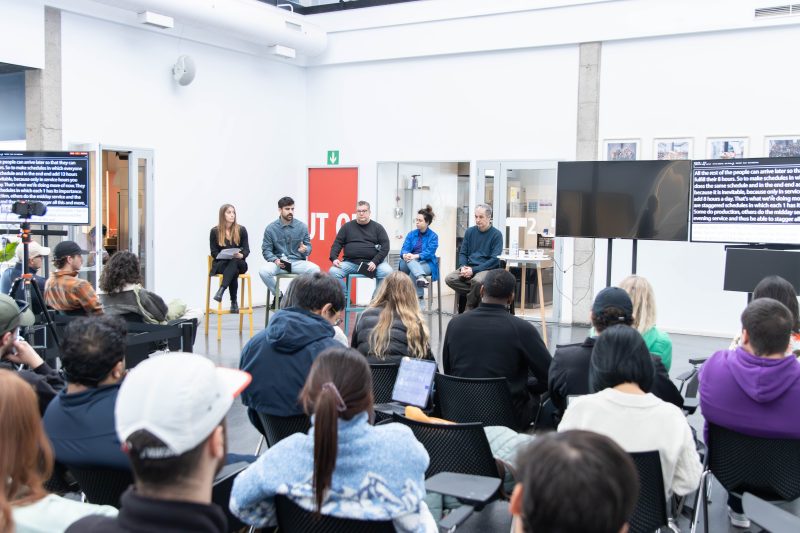
Finally, Estefanía Simon-Sasyk led a workshop using the Foresight methodology with future CIBers to design a more inclusive gastronomy where the main question was “How to achieve a 50/50 balance between women and men by 2030?”. During the workshop, proposals were thought and ideated suggesting an improvement in equity between men and women in the future.
Undoubtedly, this CIBTalks Future session has been an enriching event for all attendees to share points of view, experiences, and knowledge. The opportunities, challenges, and ethical dilemmas inherent in today’s gastronomic activity have been addressed.
